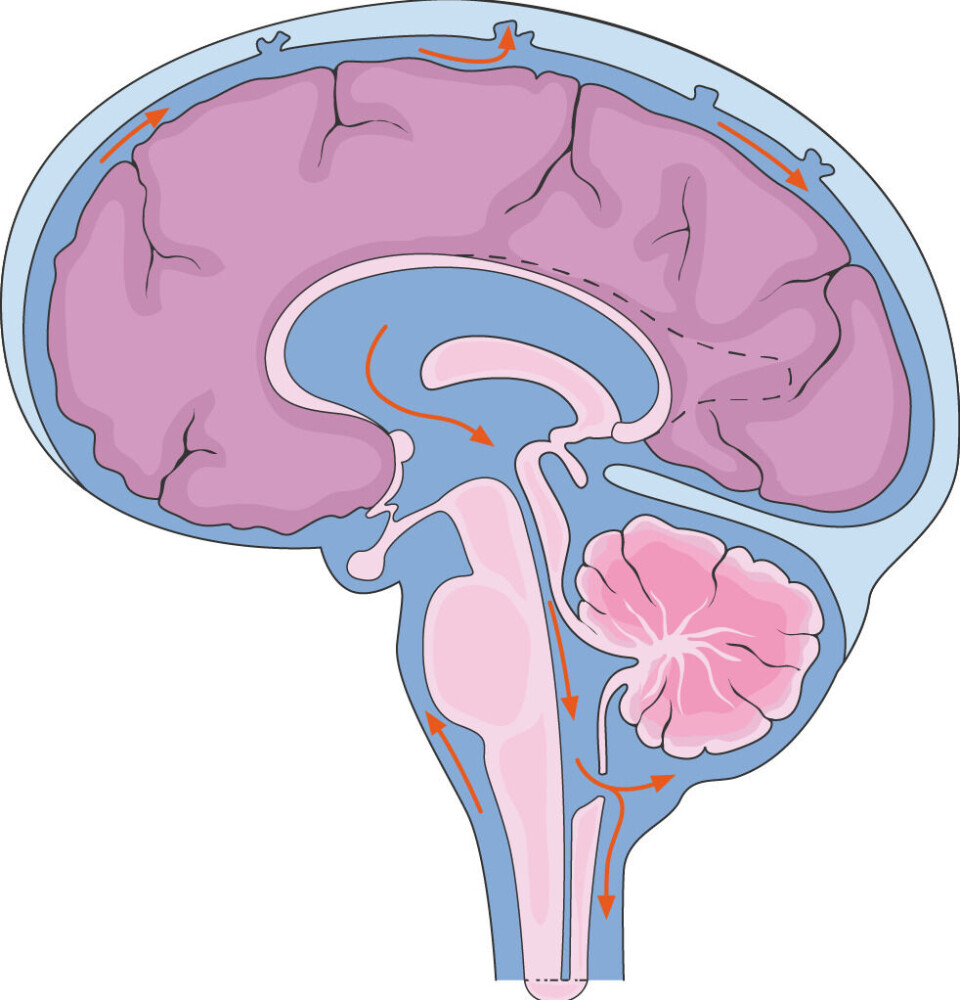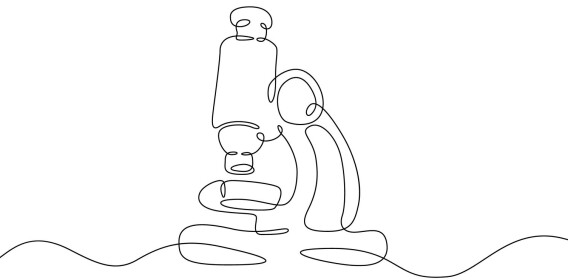Many experience fatigue long after a stroke. Could poor brain cleansing be the explanation?
Cerebrospinal fluid flows less effectively for up to 12 months after a subarachnoid hemorrhage, according to a new Norwegian study.

"What's common after a stroke, and perhaps especially after a subarachnoid hemorrhage, is that patients experience significant difficulties," neurosurgeon and Professor Per Kristian Eide tells sciencenorway.no.
The patients he and his colleagues meet at Oslo University Hospital often feel extreme fatigue, have poor memory, and have difficulty thinking as clearly as before.
Often for a long time after the stroke.
Meanwhile, MRI and CT scans of the brain may appear completely normal again.
So why does the brain not function as before?
In a new study, Eide and colleagues propose a new theory. They believe impaired cleansing of the brain may be the problem.
Tracer injected into the spinal cord
The efficiency of brain cleansing can actually be measured – at least in terms of how cerebrospinal fluid flows through the brain.
This clear fluid moves up and down the spinal cord, surrounds the brain, and is pumped in and out of this strictly protected organ.
By injecting a tracer into the spinal cord, it becomes visible on MRI scans of the brain 24 hours later.
Eide and colleagues used this method on 27 patients who had a subarachnoid hemorrhage within the past year.
They compared them with 22 healthy control subjects.
Shocked that the problems lasted so long
Even though this was a small study, the results were striking.
Cerebrospinal fluid flowed more poorly through the brains of stroke patients compared to the healthy controls.
Up to 12 months after the stroke.
During a subarachnoid hemorrhage, the cerebrospinal fluid becomes filled with blood.
The researchers behind the new study believe that components from the blood may cause problems with the flow of cerebrospinal fluid.
"What shocked me was that the problems lasted so long after the brain hemorrhage," says Laura Bojarskaite.
She researches how the brain is cleansed in mice at the University of Oslo.

"Waste management is extremely important for the brain"
Radiologist Liv Jorunn Høllesli at Stavanger University Hospital also finds the study's findings intriguing.
Together with a colleague, she has developed a new AI-based method that could improve diagnostics for stroke patients.
"There is reason to believe that changes in fluid balance contribute to the issues experienced by survivors of a subarachnoid hemorrhage. For example, impaired brain cleansing after suuch a hemorrhage could lead to concentration problems, dementia, headaches, and fatigue," writes Høllesli.
Previous research has suggested that poor brain cleansing may play a role in the development of dementia.
"There's widespread agreement that proper waste management is extremely important for the brain. Without it, proteins can accumulate in the brain," says Eide.
For instance, in people with Alzheimer's disease, the proteins amyloid and tau create problems in the brain.

Limited data collection
However, according to Bojarskaite, further research is needed to confirm the findings about brain cleansing in stroke patients.
One limitation of the study is that researchers assessed each patient only once – after their subarachnoid hemorrhage.
This is a weakness because the flow of cerebrospinal fluid varies significantly from person to person, both among the patients and in the healthy control group.
So, while the study found clear differences between the groups, other factors besides the hemorrhage could influence the results.
Such as lifestyle factors or how much they have slept in the last month.
"But now we're talking about an ideal study. It's actually incredible that we can even examine this in the human brain. So, this is still a very strong study," says Bojarskaite.
Small sample size
Høllesli points out that with only 27 patients, the study’s sample size is relatively small.
This means that results should be interpreted with caution, especially when generalising to other age groups or types of strokes beyond those caused by subarachnoid hemorrhage, she writes to sciencenorway.no.
Eide leads the K.G. Jebsen Centre for cerebrospinal fluid research (link in Norwegian).
He and his colleagues are now working on a new project.
They plan to follow individuals being examined for cognitive problems over time.
The researchers hope to find out if poor brain cleansing actually leads to difficulties with memory and thinking.

Uncertainty about whether the measurements reflect brain cleansing
It is also important to recognise another limitation, researcher Laura Bojarskaite points out.
The measurements can be interpreted in multiple ways
Cerebrospinal fluid is not just a cleansing system. It also supplies the brain with nutrients, hormones, and other important substances.
This means that both the substances entering and those being transported out of the brain are crucial.
With this method, it is not actually possible to conclude that impaired brain cleansing is the problem, according to Bojarskaite.
A young field of research
How the brain is cleansed is still a relatively young research field.
Much of what we know so far comes from experiments on mice and rats.
Some researchers remain sceptical of the leading theories.
To truly understand the role of cerebrospinal fluid, it is essential to translate findings from animal studies to human research.
———
Translated by Alette Bjordal Gjellesvik
Read the Norwegian version of this article on forskning.no
Reference:
Eide et al. Impact of Subarachnoid Hemorrhage on Human Glymphatic Function: A Time-Evolution Magnetic Resonance Imaging Study, Stroke, 2025. DOI: 10.1161/STROKEAHA.124.047739
Related content:

Subscribe to our newsletter
The latest news from Science Norway, sent twice a week and completely free.






































